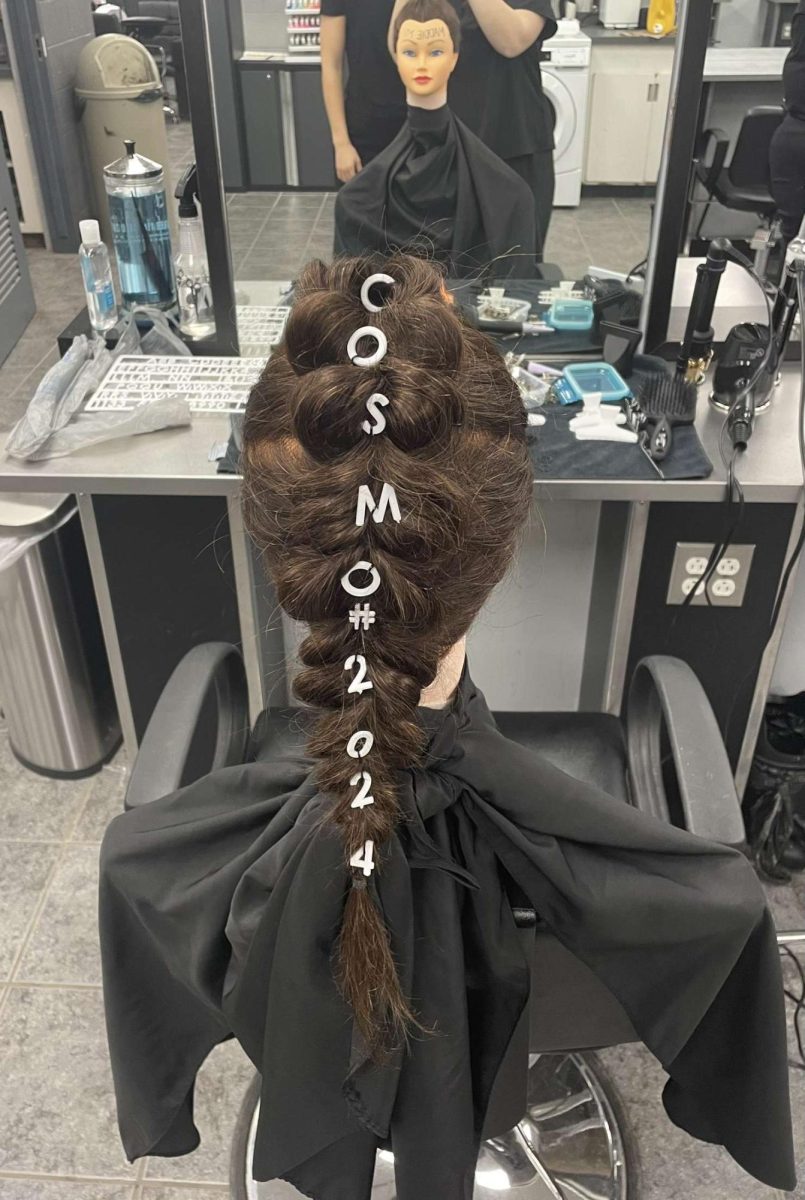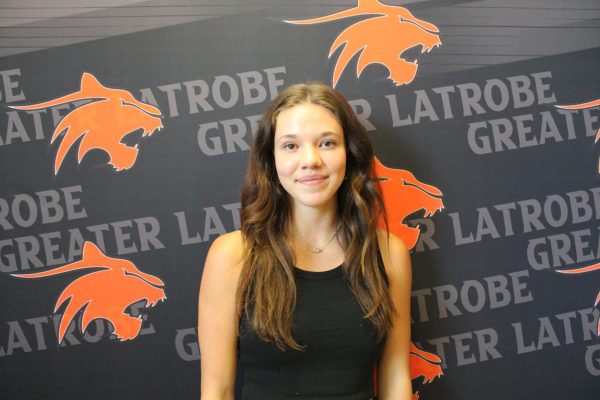People are going crazy for Stanley Cups.
In the past, Stanley was known for its durable, green, insulated food and beverage containers, which mainly appealed to men, especially military personnel, campers, and construction workers. William Stanley, Jr born in Brooklyn, New York was an American physicist obtaining various patents covering a variety of electric devices. Looking for a way to keep his coffee hot all day long, he had an idea. After much research, in 1913, he patented a durable vacuum-insulated, portable thermos design. The Stanley Bottle Company was born!
During World War II, Stanley bottles and products were used by military servicemen, primarily pilots because of their strength of steel. It was popular to have a personal variation of stew in the Stanley thermos.
In 2020, the brand has recently transformed, introducing new colors and designs that cater to a larger audience.
Every so often people are influenced into buying a new water bottle, often referred to as their “emotional support” bottle. Over the years, these bottles have ranged from Gatorade bottles to YETI to the formally most popular Hydroflask. Now the Stanley Cups have become the trend.
Stanley’s focus on their target audience of women has proven very successful. Through the help of TikTok (#WaterTok) and other social media platforms, Stanley’s have become a new social symbol. The free advertising based on this social media viral trend boosted sales from 75 million to over 750 million last year.
The hype surrounding these cups is a result of smart marketing. The fear of missing out (FOMO) is common. These cups become symbols of belonging to a current trend. Many high school students are eager to own their own Stanley Cup.

Junior, Emma Lippert, jumped on the Stanley Cup craze. Emma and her sister collectively own five Stanley Cups. Each day before Emma walks out the door for school, she thinks about the colors that she is wearing. She explained, “I try to match my Stanley so that my colors don’t clash too much.” She tends to grab a 30 oz for school so that it is easier to carry. If she has afterschool sports, she leans more towards a 40 oz. Although they spill quite easily, Emma is pleased with how well her Stanley fits in her car cupholders compared to her previous water bottles.

It’s not just about the cup, but the unique features. For instance, the Quencher H2.0 FlowState has a simple design consisting of an easy-to-hold handle and a built-in straw. The other type, the IceFlow, has a flip straw and top handle. The cost of these cups is $35-$50 depending on the color and size. With the option of 30 or 40-ounce cups, the pastel colors sky blue, lilac, dusty rose, cream, pistachio, and hot pink are very popular.
Believe it or not, when Stanley releases limited edition cups, a frenzy begins. The satisfaction of being among the select few who own a limited edition or hard-to-find color amplifies the desire to keep the trend alive.
Stanley enthusiasts have been known to camp out, waiting for their chance to grab one of these coveted cups. Target partnered with Stanley creating the exclusive colors “Target Red” and “Restful Green.” Starbucks also recently released its own pink limited-edition Stanley.
Currently, people are on the hunt to purchase the Valentine-themed Stanley’s. They are red and pink Stanley’s that feature a heart beside the logo. Target has had long lines with eager shoppers trying to get their hands on the newest edition. Resales for this special design are reaching hundreds of dollars.
Run to Target and get your Stanley before it’s too late!













Margaret Elder • Jan 24, 2024 at 9:15 am
This is awesome!